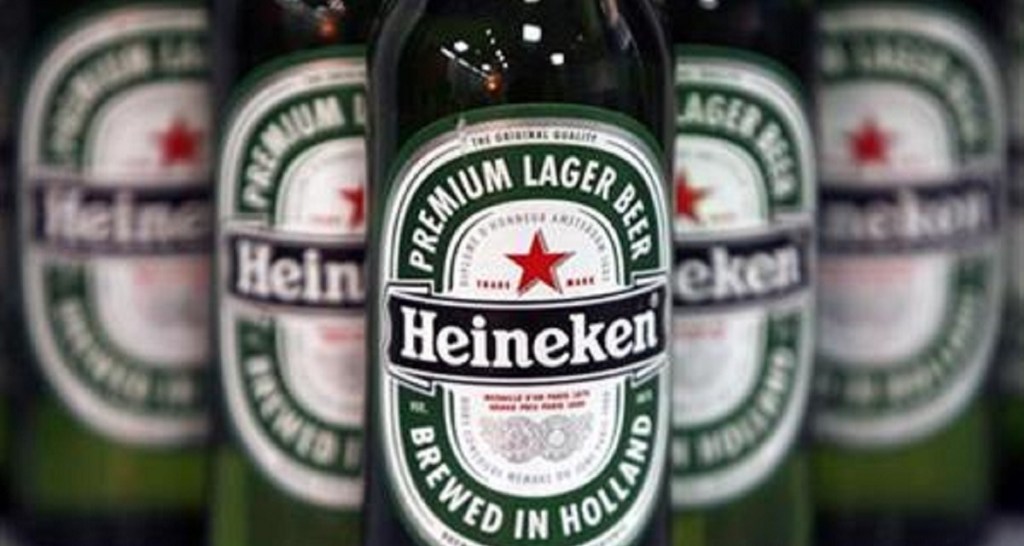Heineken NV said it sees signs of weakness in consumer demand after beer sales missed estimates amid growing inflationary pressures. The world’s second-largest brewer said beer volumes rose 8.9 per cent on an organic basis during the third quarter, which was below the 11.8 per cent average analyst estimate. Rising costs dented margins and higher prices stopped some customers from drinking more. “We increasingly see reasons to be cautious on the macroeconomic outlook, including some signs of softness in consumer demand,” Chief Executive Officer Dolf van den Brink said in a statement Wednesday.
Heineken maintained its outlook for modest growth this year as a rebound in the beer business is clouded by Russia’s war in Ukraine and price pressures. Brewers have managed to largely protect margins this year by raising prices to cope with soaring costs. But there’s a limit to how much customers may be able to handle that as rampant inflation and higher food and energy costs destroy discretionary purchasing power.
Also Read: Google on CCI’s Rs 936 crore fine: We remain committed to users, developers, reviewing next steps
Earlier this year, Heineken itself warned it was facing the worst inflation in a decade and said consumers may cut back on beer, threatening the industry’s recovery from the pandemic.
FinancialExpress.com adds…
Earlier in August, Heineken had posted higher-than-expected first-half earnings as consumers bought more beer despite inflationary pressures even as it saw rising costs squeezing its profit margins in 2023. CEO Dolf van den Brink had told Reuters that the beer market appeared very resilient, with no sign so far that increased living costs were curbing drinking. Heineken had pointed out that while the outlook for this year would be stable or increase modestly, for 2023 it said its objective now was for a mid to high single-digit percentage increase in operating profit. It had also cast doubt on reaching its previously set target to raise its operating margin to 17 per cent in 2023, due to higher input costs.
